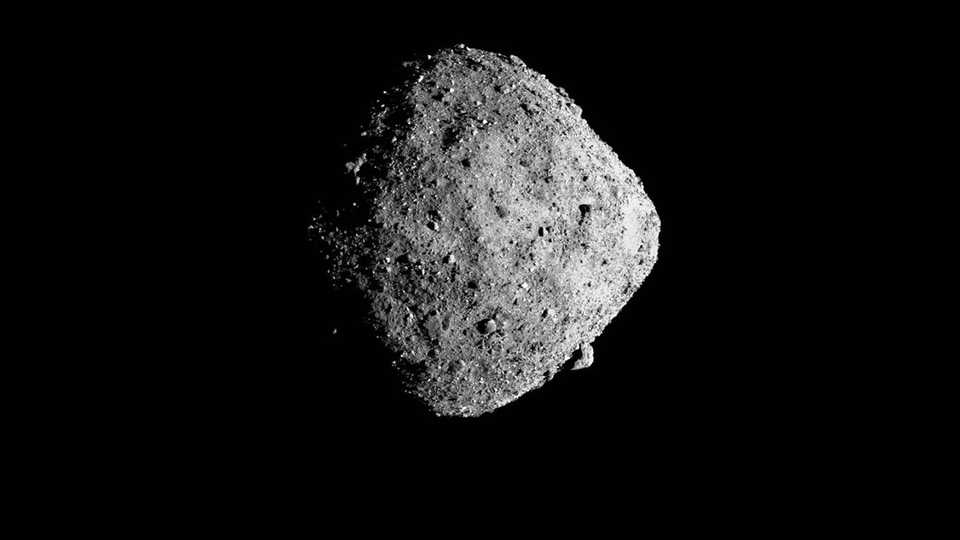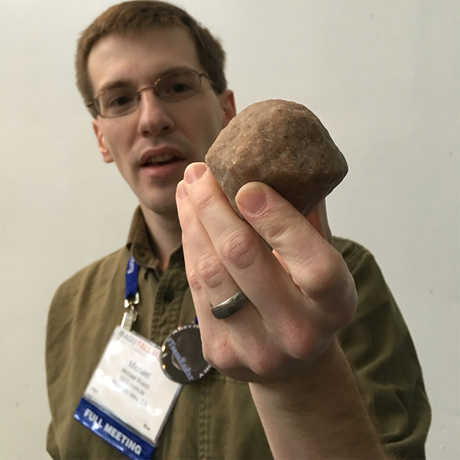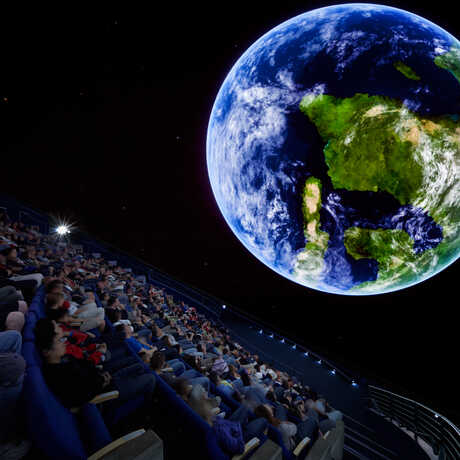Benjamin Dean Astronomy Lectures
Near Earth Asteroids, Space Missions, and the Impact Hazard

In 2018, NASA's OSIRIS-REx spacecraft took this image of 1700-foot wide asteroid Bennu from eight miles away. In 2020, it will attempt to collect a surface sample for return to Earth.
Near Earth Asteroids, Space Missions, and the Impact Hazard
Monday, October 7, 7:30 p.m.
Morrison Planetarium
Featuring Michael Busch, SETI Institute
The near-Earth asteroids (NEAs) are a population of objects on orbit around the Sun that cross or come near the orbit of Earth; remnants of material from the early solar system that never accreted into planets. NEAs are accessible targets for space missions, but also pose a hazard due to potential future impacts onto Earth. Dr. Busch will review the near-Earth population and efforts to address the asteroid impact hazard. He will also discuss past, current, and future missions to near-Earth asteroids, including missions by NASA, ESA, JAXA, the Chinese National Space Agency, and potentially other groups.
About Michael Busch

Michael Busch's primary research focus is near-Earth asteroids. He uses radio and radar techniques to determine their shapes, rotations, and internal structures, which is essential to understanding the history of the asteroid population, predicting future Earth impacts, and planning future spacecraft missions. He has a long-standing interest in space colonization and the potential of asteroid mining.
On the side, he also studies the dust storms of Mars and the practical design of messages that might one day be observed by alien civilizations.
From outer space to Earth's inner core, explore the universe from Morrison Planetarium's 75-foot digital dome.
